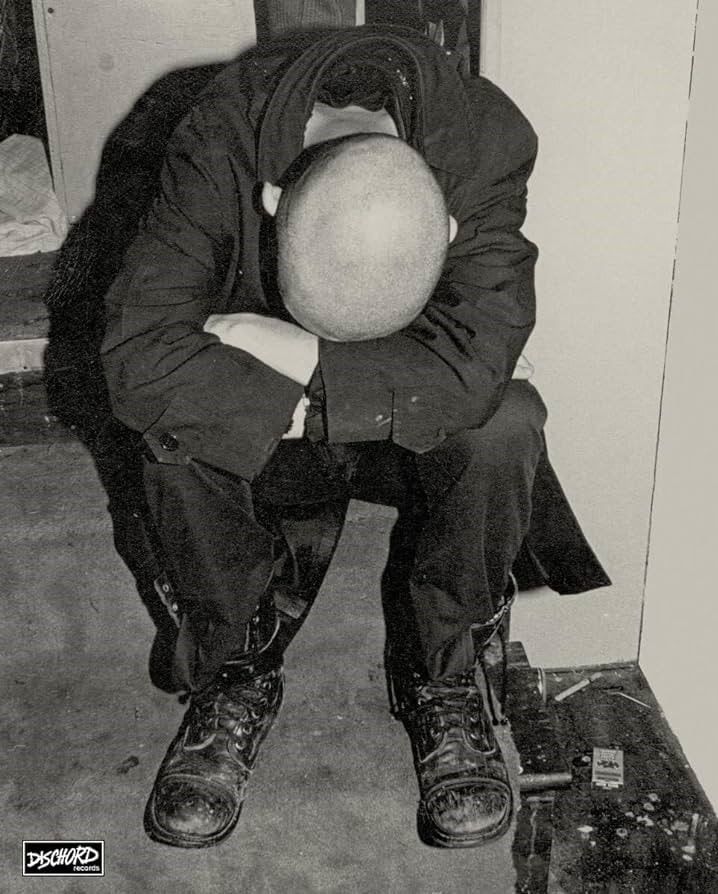As music evolves, so does the way every one incorporates different instruments. One instrument that has proven to be adaptable and versatile is the classical guitar.
From its rich history to its transformative role in jazz, the classical guitar has left a mark on modern music. But, learning this instrument requires effort, time, and online resources like classicalguitarshed.com.
Let’s explore the origin of the classical guitar and how it impacts the classical music industry.
INDEX
- The Origins of the Classical Guitar
- The Classical Guitar Meets Jazz
- The Influence of Classical Guitar in Modern Music
- The Guitar’s Evolution in Rock Music
- How Playing a Classical Guitar Inpire Other Guitarists
- Parting Thoughts
The Origins of the Classical Guitar
The roots of classical guitars can be traced back to the ancient civilizations of Egypt. This is where stringed instruments were first developed.
However, it wasn’t until the Renaissance period in the 16th century that the modern classical guitar began to take shape. During this time, the guitar evolved from the lute and gained popularity among the aristocracy.
One of the most significant figures in the early development of the classical guitar is Francisco Bartolomé Sanz Celma. He is also Gaspar Sanz, a Spanish composer and guitarist using classical or baroque guitar.
Sanz’s seminal work, “Instrucción de música sobre la guitarra española” (Music Instruction on the Spanish Guitar). This was published in 1674. It provided technique, repertoire, and performance practices of the classical guitar.
The Classical Guitar Meets Jazz
In the early 20th century, the classical guitar intersected with the world of jazz. This resulted in a fusion of styles that pushed the boundaries of both genres.
The guitarists below bridged the gap between classical technique and jazz improvisation.
Django Reinhardt is a Belgian-born Romani guitarist. He revolutionized jazz guitar with his virtuosic playing and innovative use of chord voicings. His unique style, influenced by his Romani heritage and classical training, brought a new level of complexity to jazz guitar.
Charlie Christian, a key figure in the development of bebop, showcased the guitar’s melodic capabilities in a jazz context. His groundbreaking work with the Benny Goodman Sextet helped establish the classical guitar as a solo instrument in jazz ensembles.
Joe Pass is known for his intricate chord-melody playing. He expanded the possibilities of the stringed instrument in jazz during his time. His ability to play chords and melody lines made him a pioneer of solo guitar performance. It inspires countless guitarists to explore the instrument’s potential in a jazz setting.
The Influence of Classical Guitar in Modern Music
The versatility of classical guitar allows it to blend with different genres. This adds a touch of sophistication to the compositions.
Whether it’s used as a solo instrument or as part of an ensemble, the classical guitar brings a unique tonal quality.
In pop music, the classical guitar has also made its mark. Artists like Ed Sheeran, Jason Mraz, and John Mayer have all used the classical guitar as a central instrument in their songs.
The gentle strumming and delicate fingerpicking create a soothing and intimate atmosphere. This makes the classical guitar a perfect accompaniment to heartfelt ballads and acoustic pop tunes.
Further, the classical and acoustic guitar styles are not limited to traditional genres alone.
The Guitar’s Evolution in Rock Music
One of the most notable influences of the classical guitar can be seen in the world of rock music. Rock music, with its energy and rebellious spirit, provided a new platform for the classical guitar to make its mark.
In the 1960s and 1970s, guitarists like Jimi Hendrix, Jimmy Page, and Eric Clapton pushed the boundaries of rock guitar playing. It redefines the instrument’s role in the genre.
Bands like Pink Floyd and Queen have also incorporated classical guitar elements into their songs. The fingerpicking patterns and melodic arpeggios add beauty to rock compositions.
Jimmy Page, the legendary guitarist of Led Zeppelin, combined elements of classical, blues, and folk music. His intricate fingerpicking, bowing, and iconic riffs inspire guitarists across genres. One such popular song is “Stairway to Heaven.”
How Playing a Classical Guitar Inpire Other Guitarists
Beautiful sounds come from the warm, personal tone of the classical guitar and its broad harmonic range.
A way to experiment with many musical genres inspires classical guitarists. Playing fingerstyle is made easier by its larger neck and nylon strings. This makes complex harmonies, textures, and melodies possible.
Boundaries are no obstacle, whether they are classical or electric guitars. Its sustained legacy demonstrates this. The classical guitar is still an inspiration to performers of many genres, whether it is flamenco or Bach’s exquisite works.
Parting Thoughts
As we look to the future, it’s clear that the evolution of classical guitar music will continue to cross genres and boundaries. Its ability to blend with different styles of music. This adds a touch of elegance to make it a valuable asset in the world of music.
So, the next time you listen to your favorite song, pay attention to the modern guitar. It might just be a classical guitar that adds more emotion to the music.














